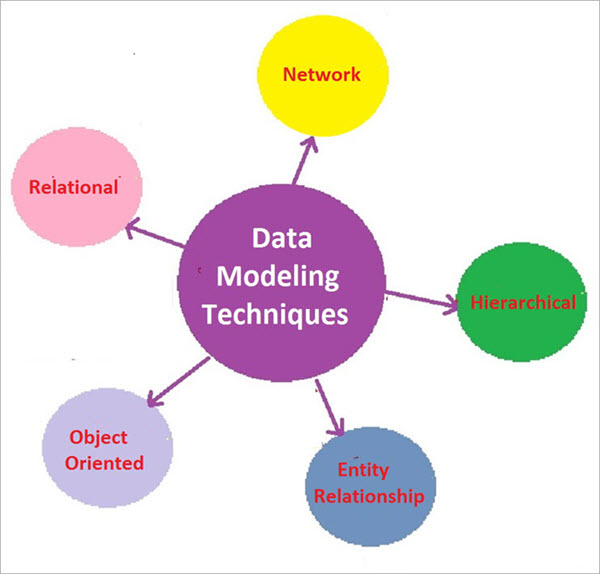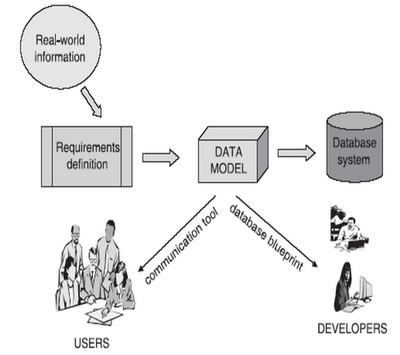Data Modeling: The art of structuring and organizing data
Published

Data modeling is an essential step in the development of databases and information systems. In this article we will look at data modeling, a technique that allows data to be structured and organized effectively. We will understand why data modeling is important and what benefits it offers.
What is data modeling?
In this section, we will understand the basics of data modeling. We will find out what a data model is and how it is used to organize data and establish relationships between them. We will also learn about the different types of data models, including the Entity-Relationship Model (ERM) and the Unified Modeling Language (UML).
Benefits of data modeling

Those : softwaretestinghelp.com
Data modeling offers a variety of benefits for developing information systems. In this section, we will look at the various benefits of data modeling, including improved data consistency, increased data integrity, better data quality, simplified data manipulation, and facilitated communication between stakeholders.
ERM: Entity-Relationship-Modell
The entity-relationship model is a common method for representing data models. In this section, we will take a closer look at ERM and understand how entities, attributes, and relationships are used to model data. We will also explore the different types of relationships such as one-to-one, one-to-many and many-to-many.
UML: Unified Modeling Language

Those : dataversity.net
The Unified Modeling Language is a standardized modeling language widely used in software development. In this section, we will understand how UML can be used to model data. We will learn about the different UML diagram types including class diagrams, activity diagrams and sequence diagrams.
Data modeling process
Data modeling follows a structured process to achieve effective results. In this section, we will learn the process of data modeling, including analyzing the requirements, creating the conceptual model, implementing the logical model, and implementing the physical model. We will also discuss best practices and tips for successful data modeling.
Data modeling best practices
In this section, we will learn some best practices for data modeling. We will talk about the importance of data normalization, using unique identifiers, documenting the model, and continually reviewing and updating the model. These best practices help develop clean and efficient data models.
Summary

Those : umsl.edu
Data modeling is an essential technique for structuring and organizing data. By using data models, we can design complex databases and information systems efficiently. In this article, we learned the basics of data modeling and highlighted the advantages of this technique. We examined the Entity Relationship Model (ERM) and the Unified Modeling Language (UML), which are two common approaches to data modeling. We learned about the different types of relationships between entities and the different types of UML diagrams. In addition, we went through the process of data modeling, which goes from requirements analysis through the creation of the conceptual, logical and physical model to implementation. We also discussed best practices for successful data modeling, including data normalization and continually reviewing and updating the model. By mastering the art of data modeling, we can develop effective and well-structured databases and information systems. Careful planning and consideration of requirements help us create high-quality data models and improve data management efficiency.








